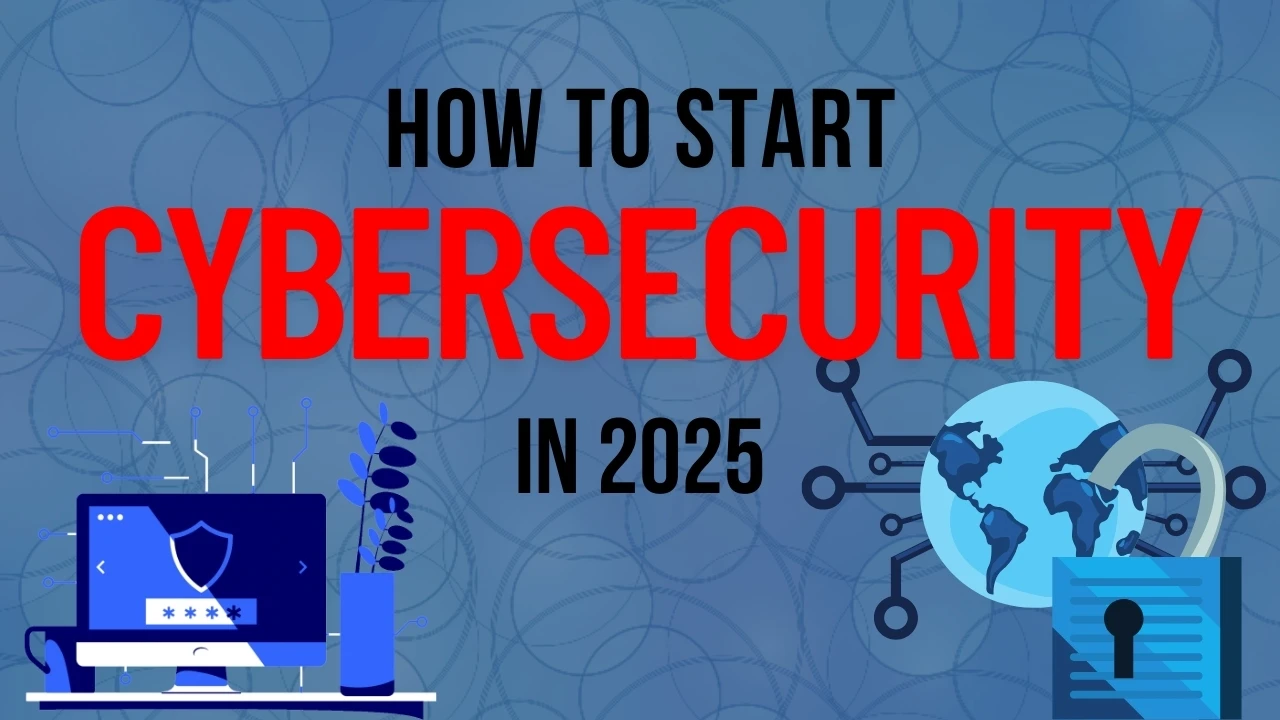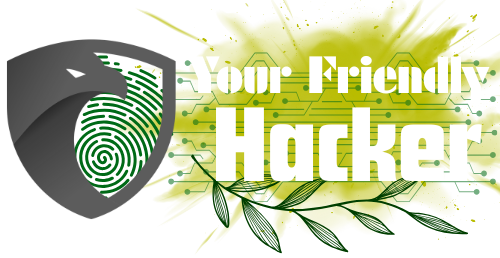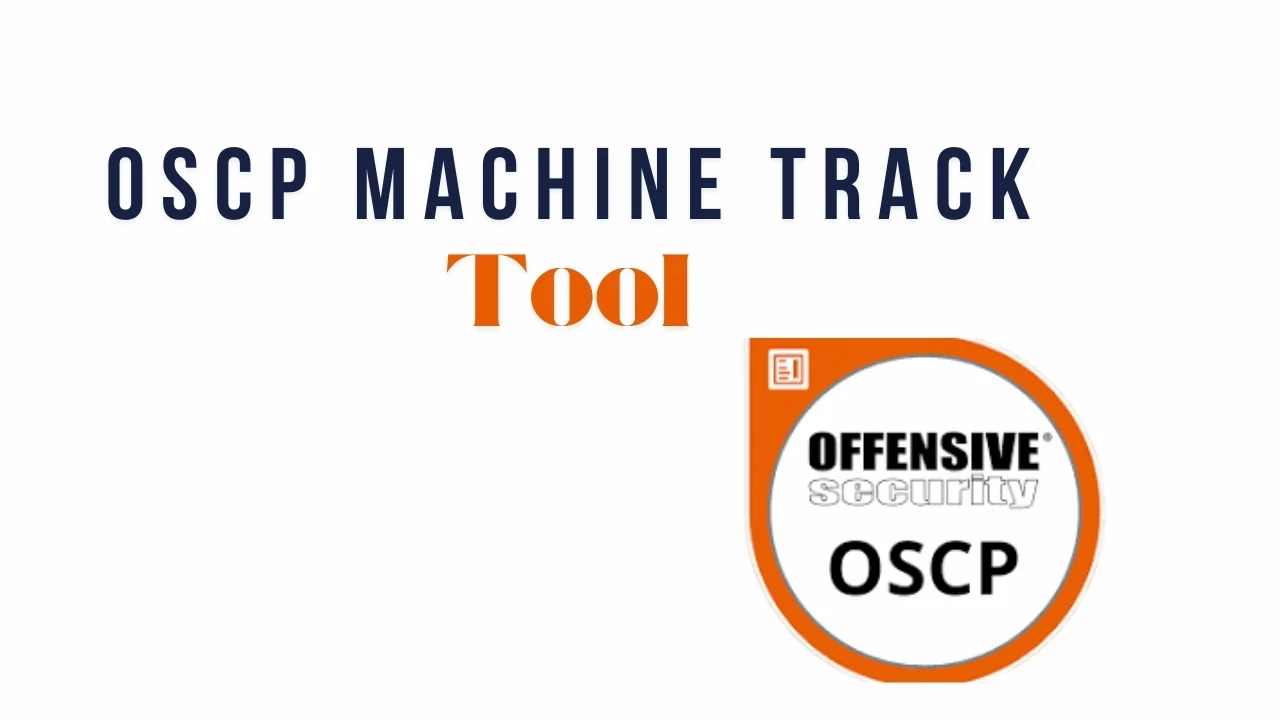
How to Start Cybersecurity in 2025: A Comprehensive Beginner's Guide
- Your Friendly Hacker
- May 1, 2025
- 8:54 am
- No Comments
- 4 Min Read
Table of Contents
Introduction
How to Start Cybersecurity in 2025: A Comprehensive Beginner’s Guide
In 2025, cybersecurity has become more than just a technical skill—it’s a vital competency for individuals, businesses, and aspiring professionals. With cyber threats on the rise, it is very important to understand how to protect our digital assets on the Internet.This Guide will provide a detailed roadmap to get started in Cybersecurity. This Guide will also help you to enhance your Personal Security on the internet.
What Makes Cybersecurity More important Now
The world is expanding digitally and getting Digitized quickly, Which also increases digital threats. Be it Cyber attacks driven by AI or vulnerabilities in IoT devices, this is the time to take robust measures in cybersecurity. In fact, the U.S. Bureau of Labor Statistics projects a 33% job growth for information security analysts over the next decade, underscoring the increasing demand for cybersecurity professionals. This brings us to the question How to start cybersecurity in 2025.
Why You Should Consider Cybersecurity
- Job Security: Cybersecurity roles are in high demand across all sectors.
Good Pay: Entry-level salaries often start at $60,000+ and grow quickly with experience.
Impact: You help protect people and data in an increasingly risky online world.
Flexibility: Many cybersecurity jobs are remote-friendly and globally in demand.
These are the reasons to consider Cybersecurity. Now, we will guide you on how to start cybersecurity.
Step 1: Understand the Fundamentals
If you want to learn how to start cybersecurity, begin by grasping its key principles and goals. Think of cybersecurity like digital hygiene: it’s all about keeping information safe, systems secure, and users protected.
Core Cybersecurity Concepts:
CIA Triad:
Confidentiality: Prevent unauthorized access to data.
Integrity: Ensure data isn’t altered without permission.
Availability: Systems should remain operational and accessible when needed.
Common Threat Types:
Phishing: Fake emails or messages designed to trick users into giving up sensitive info.
Ransomware: Malicious software that locks data until a ransom is paid.
Malware: Any malicious software meant to disrupt or damage systems.
DDoS Attacks: Overwhelming a website or server with traffic to shut it down.
Insider Threats: Employees or contractors with access who misuse it.
Common Attack Vectors:
Email links or attachments
Unpatched software vulnerabilities
Weak or reused passwords
Poor network configurations
Understanding these basics is your foundation. Every role in cybersecurity—whether it’s defensive or offensive—relies on this knowledge.
Step 2: Build Your Technical Foundation
Now that you understand what cybersecurity is, the next step is building the skills that let you work in the field. You don’t need to be a computer science major—but you do need to understand how systems work.
What to Learn
Networking Basics:
Learn IP addresses, subnets, DNS, DHCP, ports, and protocols.
Tools to explore: Wireshark (for packet analysis), Nmap (for network scanning).
Operating Systems:
Understand how Linux (especially Kali Linux) and Windows function.
Learn how to use the command line (Terminal and PowerShell).
System Administration:
Know how to configure firewalls, permissions, and user access.
Practice managing users, directories, and system logs.
Programming & Scripting:
Python is your best friend. It’s widely used in automation and scripting in cybersecurity.
Learn Bash for Linux and PowerShell for Windows scripting.
Cloud & Virtualization:
Study the basics of AWS, Microsoft Azure, or Google Cloud Platform.
Learn about virtual machines using VirtualBox or VMware to build your own lab.
Step 3: Gain Hands-On Experience
This is a big one. If you want to understand how to start cybersecurity and get serious, you must practice. Book knowledge alone isn’t enough.
How to Practice
Capture The Flag (CTF):
These are gamified cybersecurity challenges. You’ll solve puzzles related to hacking, cryptography, reverse engineering, and forensics.
Popular platforms: TryHackMe, Hack The Box, PicoCTF.
Create a Home Lab:
Use virtualization software like VirtualBox or VMware.
Set up Windows and Linux environments and test your skills.
Use Open-Source Tools:
Get familiar with tools like Metasploit, Burp Suite, Wireshark, Nessus, and Nmap.
Bug Bounty Platforms:
Apply your skills in real-world systems on platforms like HackerOne and Bugcrowd.
You may even earn money while learning.
Step 4: Pursue Relevant Certifications
Certifications are valuable, especially when you’re just starting. They validate your knowledge and can help you stand out when applying for entry-level jobs.
Top Certifications for Beginners
CompTIA Security+: Industry-standard introduction to cybersecurity.
ISC2 Certified in Cybersecurity (CC): A newer, entry-level cert with strong credibility.
Google Cybersecurity Professional Certificate: Practical training for real-world skills.
Certified Ethical Hacker (CEH): Ideal if you want to go into ethical hacking or penetration testing.
Eventually, you can aim for advanced certs like CISSP (for management) or OSCP (for offensive security experts).
Step 5: Join the Cybersecurity Community
Learning in isolation is tough. One of the best ways to accelerate your cybersecurity journey is to join the community. This is the best place to meet new people who can guide you and tell you how to start cybersecurity.
Where to Get Involved
Reddit: Subreddits like r/cybersecurity, r/AskNetsec.
Discord Servers: Join groups focused on cybersecurity learning, like “InfoSec Prep” or “TryHackMe Official”.
Twitter/X & LinkedIn: Follow professionals and educators.
Conferences & Meetups:
Attend events like DEFCON, BSides, Hack in the Box, or local meetups.
Joining the community helps you stay updated on trends, find mentors, and even discover job opportunities.
Step 6: Stay Updated and Continue Learning
The final step in how to start cybersecurity is committing to lifelong learning. Cybersecurity evolves rapidly. Attackers adapt—and so must defenders.
How to Stay Updated
News & Blogs:
Krebs on Security, The Hacker News, ThreatPost
Podcasts:
“Darknet Diaries”, “CyberWire”, “Smashing Security”
Newsletters:
SANS NewsBites, OWASP Weekly, or CISA alerts
Hands-on Platforms:
Keep solving new labs on TryHackMe or Hack The Box
New Certifications:
As you grow, continue learning with more advanced certs or niche areas (cloud, forensics, malware analysis, etc.)
Conclusion
Cybersecurity is a dynamic field. To stay current:
Follow Industry News: Websites like Krebs on Security and The Hacker News provide timely updates.
Take Advanced Courses: Platforms like Coursera and edX offer specialized courses in areas like AI in cybersecurity and cloud security.
Experiment with New Tools: Regularly explore and practice with emerging cybersecurity tools and technologies.
You now have a step-by-step guide on how to start cybersecurity in 2025—no computer science degree required. Whether you’re aiming to launch a career, protect your personal data, or explore a new passion, you’re entering a field that’s constantly evolving and always exciting.
Remember:
Start small: Learn the basics and explore different areas.
Stay consistent: Make learning a habit.
Practice often: Labs, CTFs, and real-world tools are where the real growth happens.
Build connections: Engage with others, ask questions, and share knowledge.
So Now you know how to start cybersecurity in 2025.
Frequently Asked Questions (FAQ)
Cybersecurity is the practice of protecting systems, networks, and data from digital attacks, unauthorized access, and damage. It involves using tools, techniques, and best practices to ensure data privacy, integrity, and availability.
Yes! Cybersecurity continues to be one of the most in-demand and high-paying fields in tech. With increasing cyber threats, organizations are actively seeking skilled professionals to safeguard their data and systems.
No, a degree is not mandatory. Many professionals start with certifications, hands-on practice, and self-study. What matters most is your skills, problem-solving ability, and demonstrated knowledge through projects or portfolios.
Start with the basics:
Learn computer networking and operating systems (especially Linux).
Understand the CIA Triad (Confidentiality, Integrity, Availability).
Explore the OWASP Top 10 security risks.
Practice on platforms like TryHackMe, Hack The Box, or PortSwigger Labs.
It depends on your dedication. On average, 6–12 months of consistent learning and hands-on practice is enough to gain a solid foundation and apply for entry-level cybersecurity roles.
Yes, if you can demonstrate your skills through certifications, a strong portfolio, personal projects, CTF write-ups, and lab-based platforms. Many employers hire enthusiastic beginners who show initiative and real knowledge.
Share it with Friends
Follow Me
Your Friendly Hacker
Categories
Use Coupon Code - YFH10
-
Cybersecurity Terminologies – eBook
E-BooksRated 5.00 out of 5₹299.00Original price was: ₹299.00.₹99.00Current price is: ₹99.00. Add to cart -
Ultimate Guide to Open Redirect Exploitation in Bug Bounty
Bug BountyRated 4.83 out of 5₹299.00Original price was: ₹299.00.₹99.00Current price is: ₹99.00. Add to cart


Your Friendly Hacker
Lets Secure the World
Join me on my journey to make the internet a safe place again.
Contact Form


















